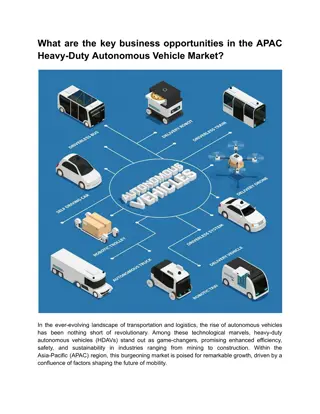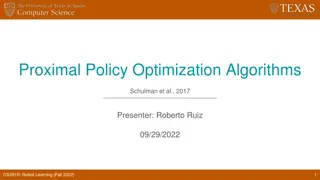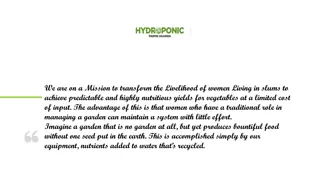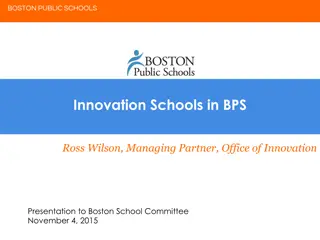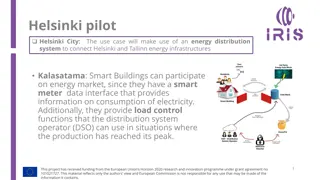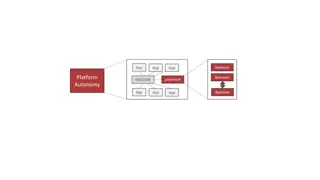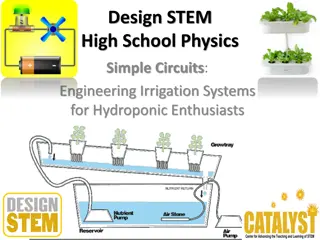Autonomous Hydroponic Garden Project Overview
The Autonomous Hydroponic Garden Project, led by a group of individuals, aims to create a household garden system using key components like temperature control, pH monitoring, and more to sustain specific plants such as tomatoes and basil. The project involves CAD designs, purchased parts, levels of success targets, associated risks, and a detailed Gantt chart for project milestones. With a focus on maximizing plant health and growth rate while ensuring minimal user interaction, the project showcases a comprehensive approach to autonomous gardening.
Download Presentation

Please find below an Image/Link to download the presentation.
The content on the website is provided AS IS for your information and personal use only. It may not be sold, licensed, or shared on other websites without obtaining consent from the author.If you encounter any issues during the download, it is possible that the publisher has removed the file from their server.
You are allowed to download the files provided on this website for personal or commercial use, subject to the condition that they are used lawfully. All files are the property of their respective owners.
The content on the website is provided AS IS for your information and personal use only. It may not be sold, licensed, or shared on other websites without obtaining consent from the author.
E N D
Presentation Transcript
Autonomous Hydroponic Garden Group JibJab: Jamie Collier, Bikesh Dahal, Jessica Cohen, Ben Leblanc 11.19.2013
Project Description Household autonomous garden Key components: Temperature pH Oxygen content Light Electrical Conductivity Hydroponic system to maintain specific plants Tomatoes Basil Cilantro Constraints Size User Interface Cost Minimal user interaction (only maintain reservoir level) Maximize health of plant and rate of growth
CAD Design Overview Lighting Plant Cage Nutrient Funnel Electronics Box Top Reservoir Probes: pH, EC, Temperature Water Pump Bottom Reservoir Air Stone Valve Units: inches 8 wide
Purchased Parts Parts Price Number needed 1 Total Price 3 inch round slotted mesh net (9 Pack) Hydroponic Grow Rocks 10.33 10.33 22 1 packet 22 Mesh Net Air Stone Submersible pump 100 1 100 Flexible tubing Air Stone / Air pump Solenoid valves 5 25 30 1 1 4 5 25 120 pH, Temp, and EC sensors Arduino Solid-state relay LED grow light Total Price 200 1 200 Submersible Pump 30 18 80 1 1 1 30 18 80 611 Sensors - -
Levels of Success Level 1: Monitor temperature and control light with display Level 2: Monitor pH and electrical conductivity Level 3: Control temperature Level 4: Control pH and electrical conductivity Level 5: IOS application with user interface
Associated Risks Waterproofing system Electrical Failure Sealants and Glues Plant dies Rabbet Joints Lower Cost Materials Control systems Sensor Corrosion (predicted life) Slow enough settling time Low overshoot Feasible ranges for each component
Gantt Chart 1 Semester 1 Purchase Probes Arduino Coding Design Review I Tasks Extra Research Literature Review Project Proposal 0 2 4 6 8 10 12 14 16 Week of Semester
Gantt Chart 2 Semester 2 Expo In House Demo Website/Assembly Tech Evaluation Purchase Final Components Tasks Product Production Design Review II CAD Review Fluid Dynamics Analysis Preliminary Testing Arduino Coding 0 2 4 6 8 10 12 14 16 Week of Semester
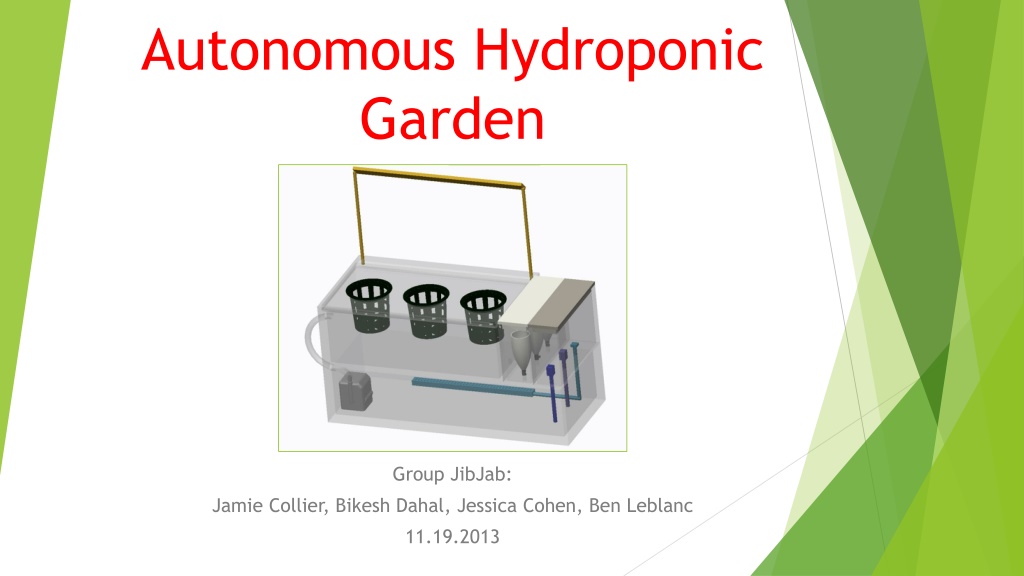
 undefined
undefined











